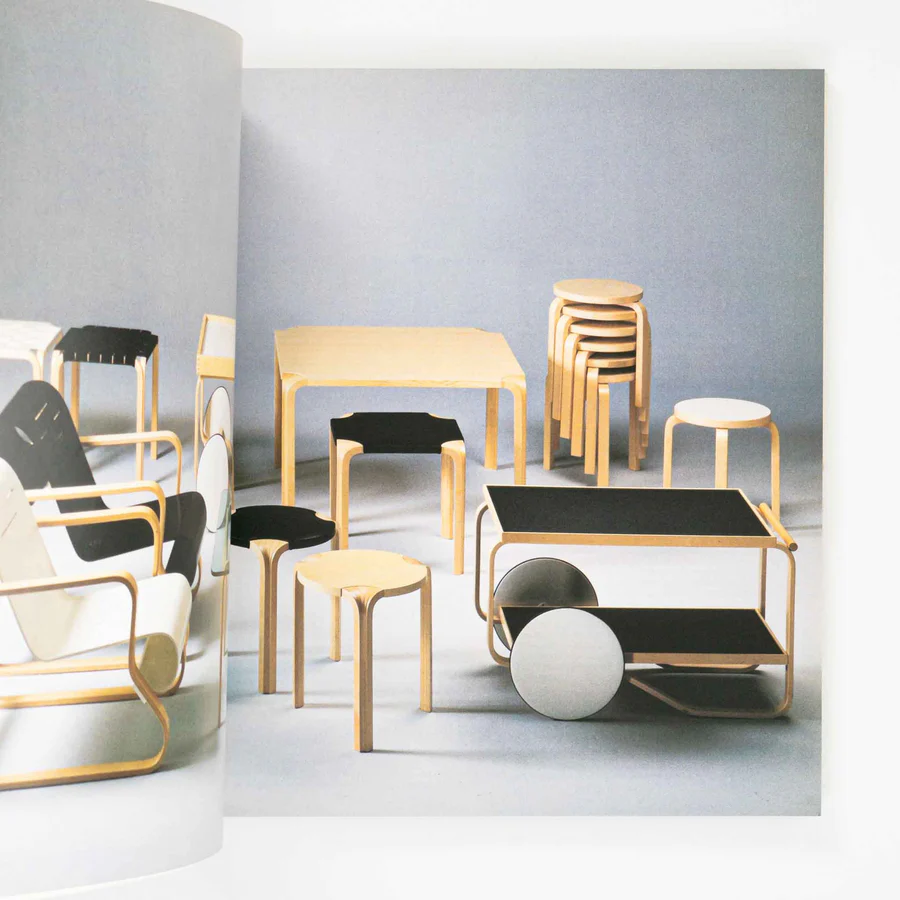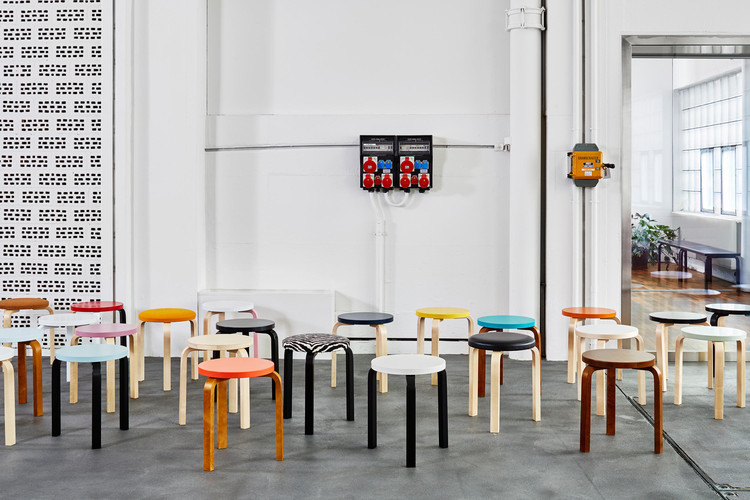Table of Contents
ToggleIntroduction
Alvar Aalto (1898–1976) is celebrated as one of the most influential architects and designers of the 20th century. Born in Finland, Aalto’s contributions to modern architecture and furniture design seamlessly merged functionality with aesthetics. His works reflect a deep connection to nature, cultural heritage, and human needs. Known for iconic buildings, innovative furniture, and pioneering use of materials, Aalto’s legacy continues to inspire designers worldwide.
What is Alvar Aalto known for?
Alvar Aalto, a Finnish architect and designer, is celebrated for his innovative approach to modern architecture and furniture. He is known for creating human-centered spaces that integrate with nature, emphasizing natural materials like wood and light. Aalto’s iconic buildings, such as the Paimio Sanatorium and Villa Mairea, are considered masterpieces of modernist design. His furniture, including the Paimio Chair and Stool 60, has become synonymous with timeless elegance and functionality. Aalto’s legacy continues to influence architects and designers worldwide.
The Life and Legacy of Alvar Aalto

Alvar Aalto, born in 1898 in Finland, was a groundbreaking architect and designer who reshaped the world of modern architecture. His work combined functionality with organic forms, deeply influenced by nature and Scandinavian traditions. Aalto’s designs, including iconic buildings and furniture, emphasize human comfort and aesthetic harmony. Today, his legacy continues to inspire architects and designers globally, leaving a lasting impact on the field of architecture and design.
-
The Life and Legacy of Alvar Aalto
Alvar Aalto was born in 1898 in Kuortane, Finland, where his early surroundings greatly influenced his later design philosophy. He studied architecture at the Helsinki University of Technology, where his education laid the foundation for his innovative approach to modern design.
-
Innovations in Furniture Design
His revolutionized furniture design with his innovative use of materials and functionality. His designs, such as the Paimio Chair and Stool 60, are celebrated for their timeless elegance, ergonomic comfort, and practical simplicity.
-
Aalto’s Architectural Breakthroughs
Alvar Aalto’s architectural breakthroughs combined modern design with natural forms. Buildings like the Paimio Sanatorium and Villa Mairea showcased his innovative approach to creating functional, human-centered spaces.
Innovative Furniture Designs by Alvar Aalto

Alvar Aalto’s furniture designs revolutionized modern interiors with their simplicity, functionality, and use of natural materials. He is best known for pieces like the Paimio Chair and Stool 60, which combined innovative techniques, such as bentwood, with ergonomic design. Aalto’s furniture continues to be celebrated for its timeless elegance and practicality, influencing designers to this day.
-
The Birth of Modern Furniture Aalto’s Early Designs
His early furniture designs marked the start of modern, functional interiors. His use of bentwood and innovative materials transformed furniture design.
-
The Role of Functionality in Aalto’s Furniture
Functionality was at the core of furniture designs, blending comfort with practicality. His pieces were created to enhance everyday living while maintaining aesthetic beauty.
-
Iconic Pieces The Paimio Chair and Stool 60
The Paimio Chair and Stool 60 are two of most iconic designs, celebrated for their simplicity and innovation. These pieces showcase his mastery of bentwood techniques and functional elegance.
The Philosophy Behind Alvar Aalto’s Designs

Alvar Aalto’s design philosophy centered on creating spaces and objects that harmonized with human needs and nature. He believed design should be both functional and emotionally uplifting, integrating organic forms and natural materials. His approach rejected the rigidity of industrial modernism, favoring curves and warmth inspired by Finnish landscapes. This philosophy defined his architectural and furniture designs, making them timeless and deeply human-centric.
-
The Role of Sustainability in Aalto’s Philosophy
Sustainability was central to Alvar Aalto’s philosophy, emphasizing the use of natural, renewable materials like wood. His designs aimed to harmonize with the environment, creating timeless, eco-friendly spaces and objects.
-
Designing for Human Comfort and Well-Being
Alvar Aalto prioritized human comfort and well-being in his designs, focusing on ergonomic forms and practical functionality. His work seamlessly blended aesthetics with a deep understanding of human needs.
-
Aalto’s Lasting Influence on Human-Centric Design
Conclusion
Alvar Aalto was a visionary whose designs seamlessly combined functionality, nature, and human-centric principles. From his architectural masterpieces like the Paimio Sanatorium to iconic furniture such as the Stool 60, his innovative approach reshaped modern design. Aalto’s emphasis on sustainability, organic forms, and simplicity continues to influence architecture and furniture design today. His lasting legacy reflects the profound impact of thoughtful, human-focused design on our lives and spaces.

